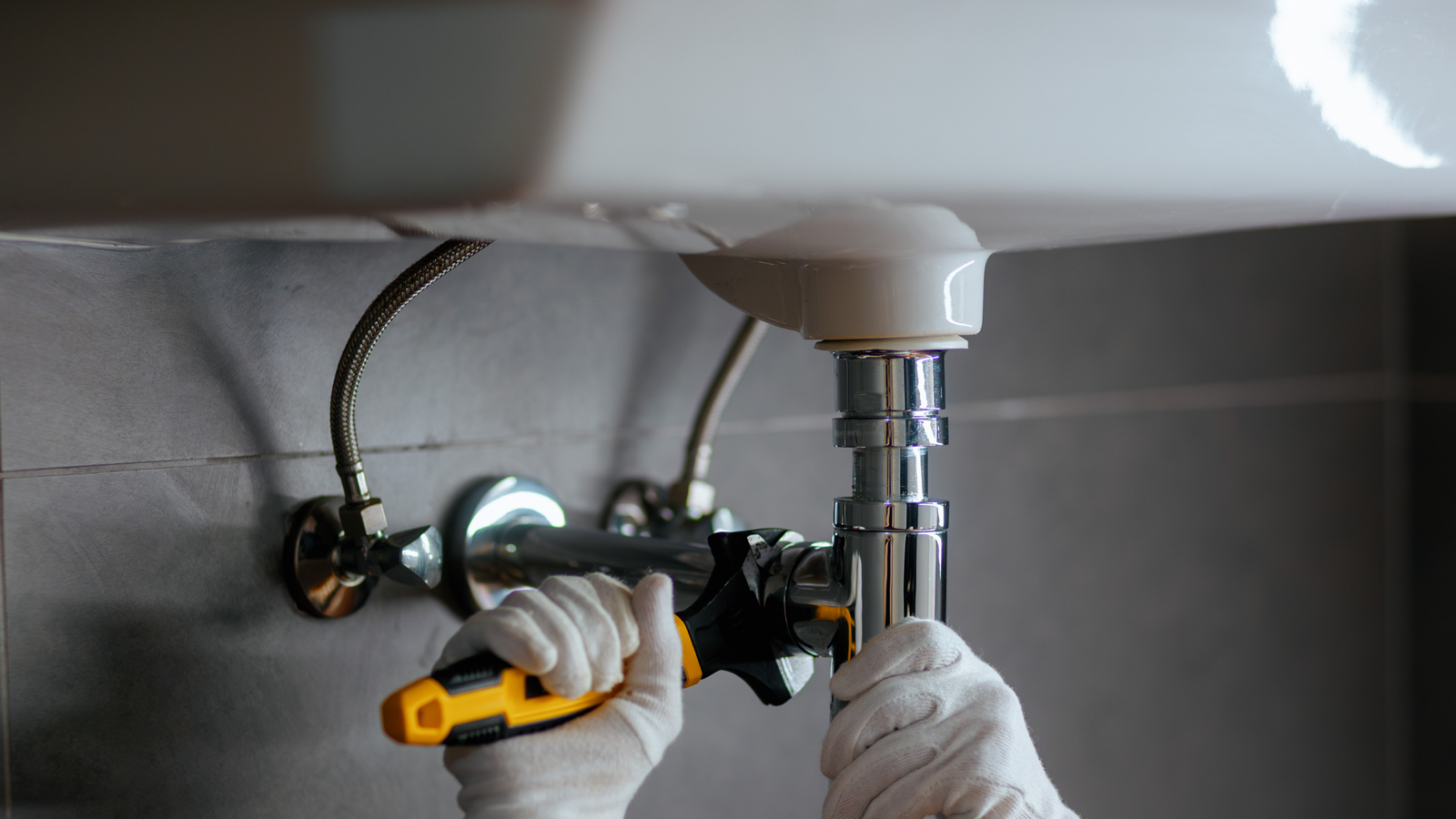Most people only notice their drains when they’re already backed up, whether it’s the kitchen sink filling up, the bathroom sink draining slowly, or water pooling at your feet in the shower. But with a little routine care, you can prevent all of that.
In this guide, I’m sharing the simple methods I use at home to keep every drain flowing smoothly, using caustic soda, liquid drain cleaners, and a plunger. These steps work across the whole house and take just a few minutes.
Why Drain Maintenance Matters
Every drain collects some kind of residue:
- Kitchen drains collect grease, oils, and food particles
- Bathroom sinks gather soap scum, toothpaste, and hair
- Shower drains trap shampoo buildup and strands of hair
When these layers build up, they slow down the water flow. Thankfully, with regular care, you can avoid most clogs completely.
Regular drain maintenance helps to:
- prevent sudden blockages
- reduce bad smells in wet areas
- keep your sinks and showers cleaner
- save money on repairs
What You’ll Need
- Caustic soda
- Liquid drain cleaner
- A plunger
- Hot water
- Rubber gloves
- A jug or kettle
These are simple tools that work for kitchen sinks, bathroom sinks, and shower drains.
Method 1: Caustic Soda (Deep Cleaning for Heavy Build-Up)
Caustic soda is great for breaking down thick grease in kitchen drains and heavy hair or soap buildup in bathroom drains.
How to Use It
- Wear gloves.
- Add 2–3 tablespoons of caustic soda into the drain.
- Pour hot (not boiling) water to help activate it.
- Let it sit for 20–30 minutes.
- Flush again with hot water.
Where It Works Best
- Kitchen drains with greasy residue
- Shower drains with hair buildup
- Bathroom sinks with slow, sticky drainage
Note: Never mix caustic soda with any other cleaner.
Method 2: Liquid Drain Cleaner (Quick Weekly Maintenance)
Liquid drain cleaner is perfect for a fast, regular routine, especially for bathroom sinks and showers that collect product buildup daily.
How to Use It
- Pour the recommended amount into the drain.
- Let it sit for 10–15 minutes.
- Rinse with warm or cold water.
Where It Works Best
- Bathroom sinks
- Shower drains
- Kitchen sinks that are only slightly slow
Method 3: The Plunger (Instant Relief for Sudden Slowdowns)
The plunger is still one of the most effective tools for a quick fix in any drain.
How to Use It
- Add a bit of water to help create a seal.
- Position the plunger tightly over the drain.
- Push up and down firmly for 10–15 seconds.
- Check if water flows faster afterwards.
Where It Works Best
- Kitchen sinks with trapped food
- Bathroom sinks with sudden clogs
- Shower drains that collect hair
How Often Should You Do This?
Here’s a simple routine you can follow throughout the home:
- Weekly: Liquid drain cleaner in kitchen, bathroom, and shower
- Every 3–4 weeks: Caustic soda in drains that slow down often
- As needed: Plunger whenever you need quick relief
Pay attention to how each drain behaves, kitchens and showers usually need more frequent care than bathroom sinks.
Extra Tips to Prevent Clogs in All Drains
- Use a sink or shower strainer to catch food and hair
- Avoid pouring leftover cooking oil down the kitchen drain
- Rinse shower and sink drains with hot water after heavy product use
- Clean out drain covers at least once a week
- Brush hair before showering to reduce shedding in the drain
These tiny habits make a big difference.
Final Thoughts
Whether it’s your kitchen sink, bathroom sink, or shower drain, keeping your drains clear doesn’t have to feel complicated. With a simple routine using caustic soda, liquid drain cleaners, and a plunger, you can stay ahead of clogs and keep the whole house running smoothly.
Try one of these methods this week, your drains will thank you.

